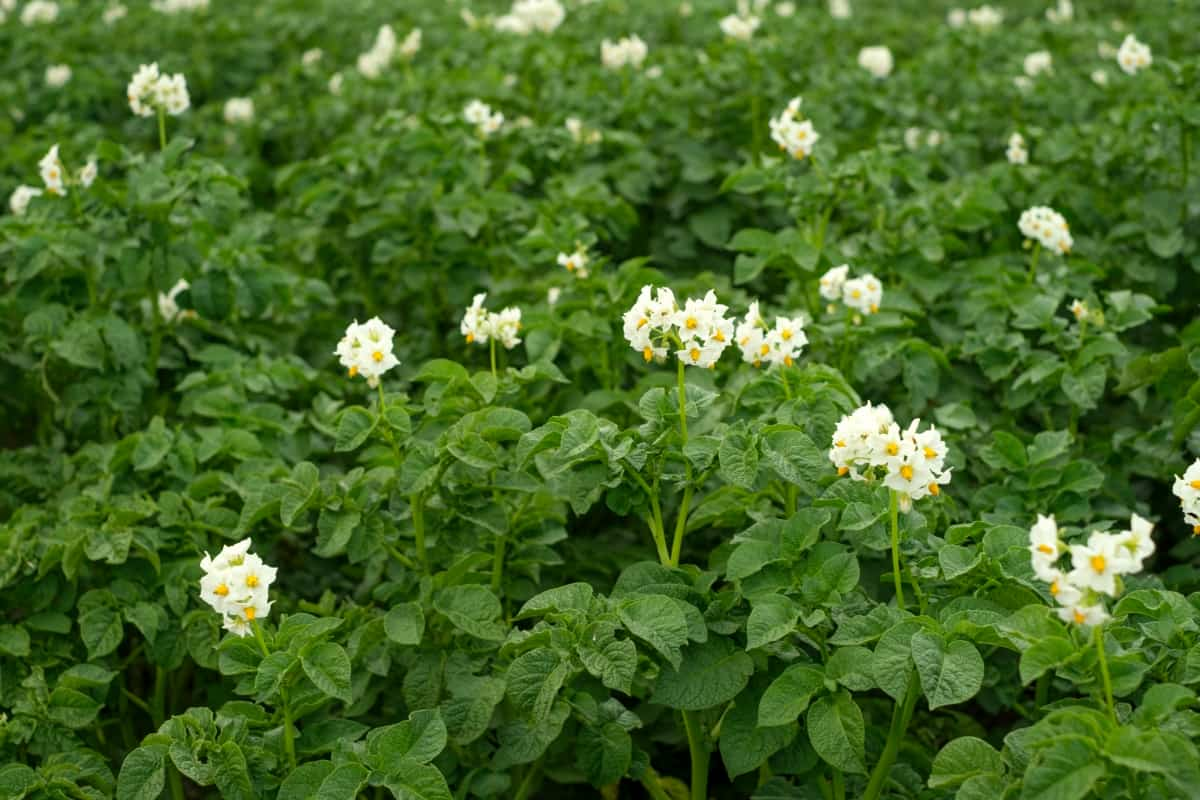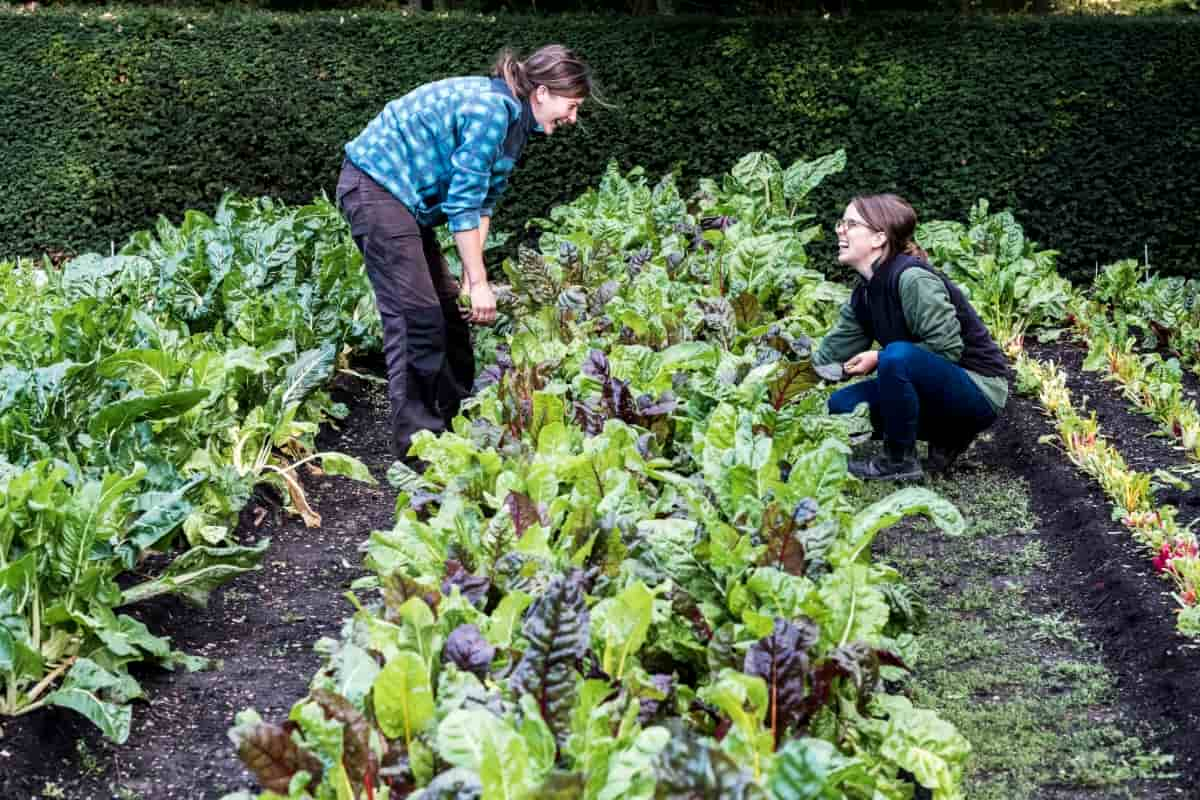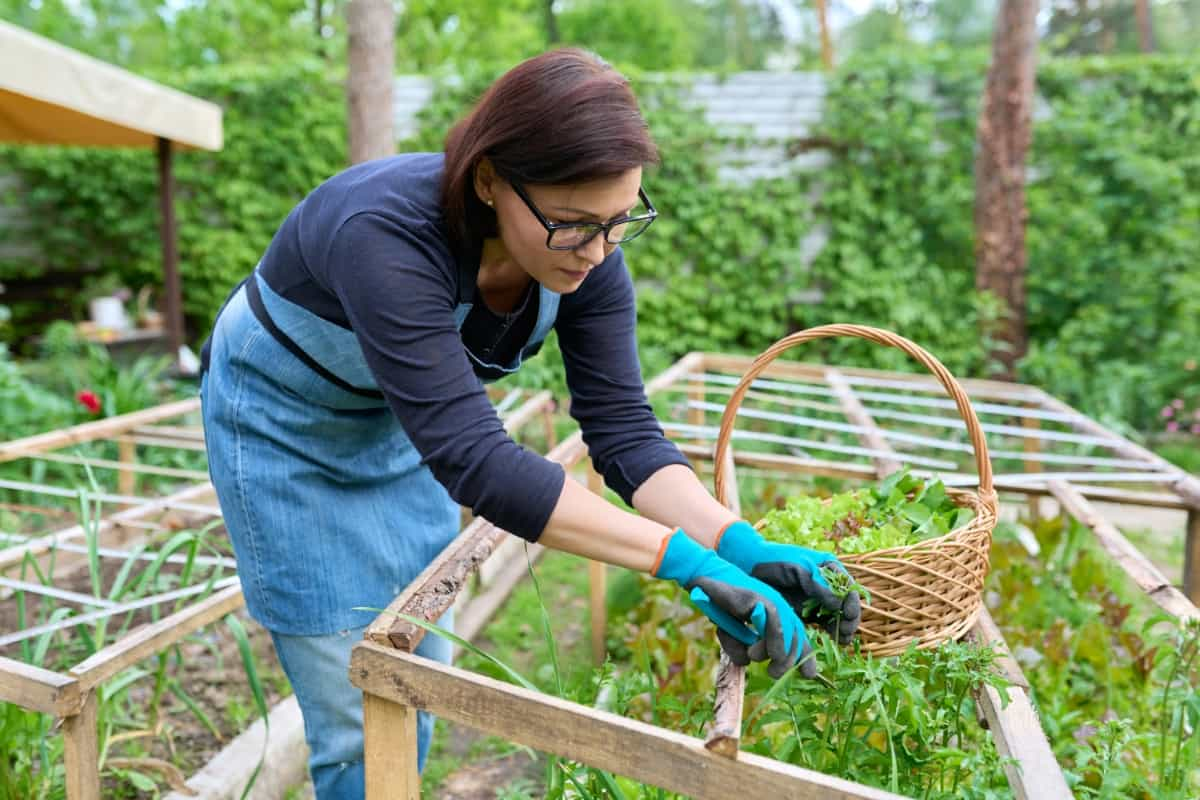Extending the growing season in winter can have numerous benefits for gardeners. Preparing your garden for winter involves proper soil management practices. Amend soil with compost or organic matter to improve its structure and nutrient content. Mulching around plants helps regulate soil temperature while protecting roots from frost damage.

How to Extend Growing Season in Winter
Understanding the Importance of Extending the Growing Season in Winter
One of the key reasons why extending the growing season in winter is important is because it allows you to maximize your garden’s productivity throughout the year. Using various techniques and strategies, you can continue producing fresh vegetables, herbs, and flowers during the colder months when traditional outdoor gardening is impossible. Another crucial aspect to consider is food security.
With an extended growing season in winter, you can grow your produce even when store-bought options may be limited or expensive. This helps ensure you have access to various nutritious foods all year round. Extending the growing season in winter also promotes sustainability by reducing reliance on imported produce. Cultivating crops locally during these colder months can minimize carbon emissions associated with long-distance transportation and support local agriculture.
Choosing the Right Crops for Winter Gardening and Season Extension
Ensuring a successful and productive garden throughout the colder months is crucial. While some plants are more suitable for growing in winter than others, it’s important to consider factors such as frost tolerance, growth rate, and nutritional requirements. Cold-hardy vegetables like kale, spinach, arugula, and Brussels sprouts thrive in cooler temperatures and can withstand light frosts.
These leafy greens provide fresh produce during the winter and add vibrant colors to your garden. Root vegetables like carrots, beets, and turnips are excellent choices for winter gardening. They have a longer growing season than other crops and can be harvested throughout winter. Herbs like rosemary, thyme, sage, and parsley are also great options, as they can tolerate cold temperatures while adding flavor to your dishes.
Preparing Your Garden for Winter and Season Extension
Properly tending to your garden allows you to extend the winter growing season and enjoy fresh produce even when temperatures drop. Start by cleaning up your garden beds. Remove dead or diseased plants, weeds, and debris that may harbor pests or diseases. This will create a clean slate for new growth in the coming months. Next, add organic matter such as compost or well-rotted manure to enrich the soil. This will provide essential nutrients and improve drainage during winter.
In case you missed it: When to Add Compost to Your Garden: How Often Should I Add Compost to Vegetables, Flowers, Herbs, and Fruits?

Use row covers or cold frames to shield delicate crops from harsh winds and frost. These protective structures act as mini-greenhouses, trapping heat and creating a microclimate that allows plants to thrive despite external conditions. Furthermore, implementing crop rotation techniques can help prevent disease buildup in winter gardens. By rotating crops from one area of your garden to another yearly, you disrupt pest life cycles while maintaining soil health. Monitor moisture levels regularly and adjust watering accordingly.
Utilizing Protective Structures to Extend the Growing Season in Winter
One option is using cold frames, essentially simple boxes with transparent tops that allow sunlight to penetrate while trapping heat inside. Cold frames can be made from various materials, such as wood or plastic, and they come in different sizes to accommodate your garden’s needs. Another effective structure is a hoop house or high tunnel.
These are larger versions of cold frames, designed with curved metal or PVC pipes covered by greenhouse plastic. The shape of these structures allows them to withstand heavy snow loads while providing ample space for plants to thrive. Row covers are another fantastic choice. Made from lightweight fabric or plastic sheeting, row covers protect plants from frost and wind damage without obstructing sunlight completely. They can be easily installed over rows of crops and removed when necessary.
Implementing Crop Rotation and Succession Planting Techniques for Winter Gardening
Crop rotation is a simple but effective technique that involves changing the location of crops each growing season. In winter gardening, crop rotation becomes even more important because it can help maximize yields and ensure a continuous supply of fresh produce. Succession planting is another valuable technique for extending the growing season in winter. By staggering plantings at different times, you can ensure a steady harvest throughout the colder months. This means you won’t have to rely on just one big harvest before winter.
Managing Soil Health and Nutrient Levels for Winter Growing
Ensuring the health of your soil is essential when it comes to successful winter gardening. Adding organic matter is one way to manage soil health during winter. Compost, leaf mulch, and aged manure are excellent sources of organic matter that can enrich the soil and improve its structure. These materials help retain moisture, enhance nutrient availability, and promote beneficial microbial activity.
Regular soil testing is also essential to determine any nutrient deficiencies or imbalances. Natural fertilizers can effectively provide nutrients without harming the environment. Crop rotation also plays a vital role in maintaining soil health during winter growing. Rotating crops helps prevent disease buildup and avoids depleting specific nutrients from the soil over time.
In case you missed it: How to Get Rid of Leaf Miners on Citrus Trees: Naturally, Organically, and Chemically

It’s important to plan your crop rotations carefully based on their nutrient requirements and compatibility with other plants. Furthermore, cover cropping is an excellent technique for nourishing the soil during winter months when there may not be active plant growth. Cover crops like legumes fix nitrogen into the soil while protecting it from erosion caused by heavy rain or snowfall.
Controlling Temperature and Humidity in Winter Garden Environments
Insulating materials such as row covers, or cloches are one way to control temperature. These can help trap heat from the sun during the day and prevent frost damage at night. Additionally, consider using cold frames or hoop houses to protect against freezing temperatures.
Humidity levels can be regulated by misting plants with water regularly or placing trays of water near them to increase moisture in the air. This helps prevent the drying out of leaves and keeps plants hydrated. On the other hand, if humidity levels are too high, good ventilation is key to preventing fungal diseases.
Maximizing Natural Light and Supplementing Artificial Lighting for Winter Growing
Ensure your garden is positioned in an area with maximum sunlight throughout the day. Trim any nearby trees or shrubs that may cast shadows on your plants during crucial daylight hours. In addition to optimizing natural light, supplementing with artificial lighting can greatly enhance plant growth during the winter months.
Position the grow lights appropriately from your plants to maximize their effectiveness. Too close could cause burning, while too far will significantly reduce their impact. Remember to provide consistent lighting schedules by using timers for both natural and artificial light sources. This will mimic a regular day-night cycle and help maintain healthy growth patterns.
Watering Strategies for Winter Gardening and Season Extension
One effective method is using drip irrigation systems. These systems deliver water to the base of plants, minimizing evaporation and reducing the risk of frost damage. Drip irrigation also helps prevent fungal diseases by keeping foliage dry. Another option is utilizing self-watering containers or raised beds with built-in reservoirs.
These containers have a bottom layer that holds water, allowing roots to absorb moisture as needed. This saves time and ensures consistent hydration for your plants throughout the winter. Mulching is another important technique when it comes to watering in winter gardening. Mulch is an insulation barrier, preventing excessive evaporation while keeping plant roots warm.
Harvesting and Preserving Crops During the Extended Winter Growing Season
Harvest at the Right Time: Each crop has its optimal harvesting time, so research when each vegetable or fruit should be picked. This will ensure you get them at their peak flavor and nutrient content.
Handle with Care: When harvesting your crops, handle them carefully to avoid bruising or damaging them. Use sharp pruners or scissors for clean cuts rather than pulling or tearing.
Wash and Dry: After harvesting, wash your produce thoroughly to remove any dirt or debris. Then, allow them to air dry before storing.
Choose Appropriate Storage Methods: Different crops require different storage methods to maximize their shelf life. Some can be stored in a cool basement or root cellar, while others need refrigeration.
Preserve through Canning, Freezing, or Drying: To extend the longevity of certain crops, consider preserving them through canning (such as making jams), freezing (for fruits and vegetables), or drying (for herbs). These methods can help you enjoy fresh flavors even during colder months.
In case you missed it: Multi Fruit Tree Grafting: Benefits, Techniques and Methods

Conclusion
The main advantage of extending the growing season in winter is the ability to enjoy fresh produce all year round, even when traditional gardening may be on hold due to cold temperatures and frosty conditions. By utilizing various techniques such as protective structures, crop rotation, and succession planting, you can continue harvesting homegrown fruits, vegetables, and herbs throughout the winter months.
- Feed Your Flock for Less: Top 10 Tips to Save on Chicken Feed
- Ultimate Guide to Ossabaw Island Hog: Breeding, Raising, Diet, and Care
- Hatching Answers: The Top 10 Reasons Your Chickens Aren’t Laying Eggs
- Eggs and Economics: Breaking Down the Cost of Raising Backyard Chickens
- Defend Your Greens: Proven Methods to Keep Iguanas Out of Your Garden
- Ultimate Guide to Cinnamon Queen Chicken: A Comprehensive Guide for Beginners
- Ultimate Guide to California Tan Chicken: Breeding, Raising, Diet, Egg-Production and Care
- Ultimate Guide to Marsh Daisy Chicken: Breeding, Raising, Diet, and Care
- 10 Types of Chicken Farming Businesses You Can Start for Profits